Powered by Bestia Europe B.V.
Understanding Beagle Weight: What’s Healthy for Your Dog?
There’s nothing cuter than a chubby puppy, and it’s easy to take it easy on our beloved pets when it comes to diet and exercise. However, studies show that 40 to 50 percent of dogs are overweight, and obesity is particularly prevalent in beagles.1,2
Obesity puts your beagle pup or your adult beagle at a higher risk for heart disease, cancer, and diabetes.3 However, a proper diet and fitness regimen can fend off those beagle health issues. And don’t worry—you can still treat your pup to a snack or a well-deserved rest day from time to time.
Read on for our comprehensive guide to beagle weight, from the ideal weight for your beagle to the best diet and exercise routine, and other useful beagle dog breed information.
The Ideal Beagle Weight
When you think of a beagle, a singular image comes to mind—so it may come as a surprise that these iconic dogs come in two sizes.4 While both are technically the same breed (there’s no “miniature beagle”), one is significantly smaller than the other.
The smaller-sized pocket beagle typically stands under 13 inches tall and weighs under 20 pounds. The larger-sized beagle is between 13 and 15 inches tall and weighs between 20 and 30 pounds. In most cases, no healthy beagle should exceed an average weight of 30 pounds.2
Newborn beagles are tiny, weighing less than a pound (typically five to ten ounces), but will rapidly grow in their first six months of life, changing in size every single day.5 Your beagle puppy will likely experience a growth spurt or two in those six months and the next, and they will stop growing between 12 and 18 months.
Don’t worry if your beagle seems to be growing particularly fast—these growth spurts happen unevenly during the average beagle lifespan, the same way they do for humans, so it’s tough to determine whether your beagle’s weight gain is a concern before they’re fully grown.
Are Beagles Small or Medium Dogs?
Beagles are officially classified as small dogs by the American Kennel Club.6 However, many informally consider larger-sized beagles to be medium-sized.
Those that reach the 30-pound mark beagle size (or even grace the late 20s) far exceed many staple “small breeds” in size, especially those of the “toy” and “teacup” varieties, many of which weigh less than 10 pounds.
Are Beagles Naturally Active?
Yes. Per the AKC beagle dog breed information profile, beagles tend to exhibit high energy levels and are game for a play session at virtually all hours of the day. They’re eager to please their owners and are relatively easy to train, but they are also big barkers, especially when they’re bored or lonely,7 and require consistent physical and mental stimulation to stay happy.
It’s generally recommended that beagles get at least an hour and a half of exercise per day, and a workout should include both running and walking.8 Additionally, try to make time to play with your beagle every day, and make sure he has a secure space to run free.
During public walks or runs, however, beagles should never be allowed off-leash—their curious nature and particularly sensitive noses mean they’re liable to wander off.
At What Age Are Beagles Full Grown?
Although their major growth spurts typically happen before your beagle’s first birthday, it’s possible that he’ll continue growing until he reaches 18 months. After 18 months, however, most beagles have reached their full adult size and should not continue to gain weight.
So while an “awkward phase” is perfectly healthy in puppyhood, continued weight gain after your beagle turns one and a half may be cause for concern.
Be sure to consult your vet about your particular beagle’s optimal weight and the exact point at which he’ll likely stop growing.
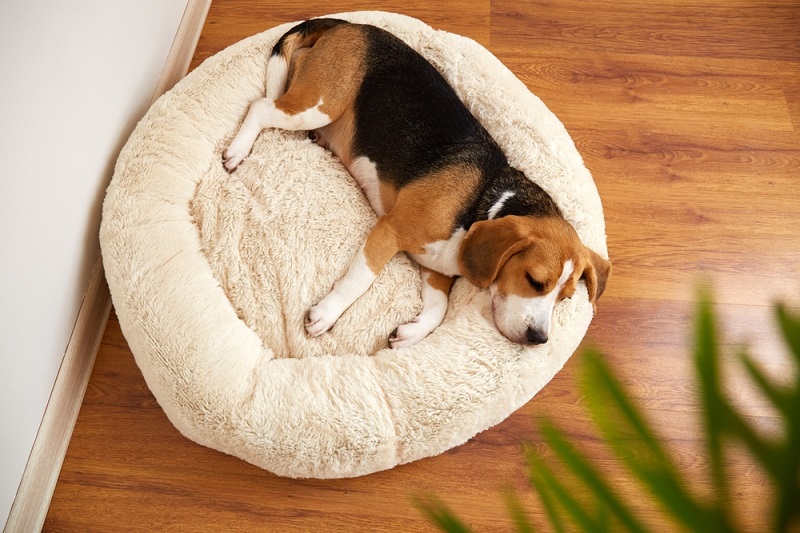
How to Tell if Your Beagle is Overweight (or Underweight)
While you should always consult a vet for a final verdict, an at-home method for ensuring your beagle’s weight is healthy is looking at their ribs:
- If your beagle’s ribs show without touching them, your beagle is likely underweight.
- If you can’t see your beagle’s ribs, but can feel each one under fur, your pup is likely at a healthy, ideal weight.
- If you have difficulty feeling your pet’s ribs, he might need to lose a pound or two.
Keep Your Beagle’s Weight on Track with a Proper Diet
Beagles are notorious for their insatiable appetite, which is likely the partial result of their particularly sharp sense of smell. While the dog species at large is famous for their skilled sniffers, beagles, in particular, smell like it’s their job (literally).
It’s why they’re often hired as Agriculture Canines, working with U.S. Customs and Border Protection’s Beagle Brigade to sniff out restricted cargo at airport customs.9 They’ve also found careers as bed bug detectors (in the case of New York City celebrity Roscoe)10 and even cancer diagnoses with near-perfect accuracy thanks to scented biomarkers found in blood samples.11
But this superpower can also be your beagle’s kryptonite if she’s struggling with obesity and related dog health issues (as many beagles do). Maintaining a diet with healthy, natural ingredients and appropriate portion sizes is key to ensuring a long and happy life for your best friend.
In general, it’s recommended that you feed your beagle two meals per day. Feed your pet on a schedule, rather than allowing them to graze (which can lead to overeating). You’ll want to choose a commercially available dog food that contains12:
- 35% real meat (lean, white breast chicken, lean hamburger, turkey, fish, lamb, or veal)
- 25% veggies (carrots, broccoli, cauliflower, peas, or string beans)
- 25% starch
- 15% healthy fats and/or fruit for antioxidants
Avoid fillers, chemical additives, byproducts, and rendered meats.
In general, growing puppies need about 55 calories per pound of body weight per day, which might allow for a third meal if you/your pup prefers. Adult beagles need around 45 calories per pound of body weight per day.
Putting Your Beagle on a “Diet”
Always consult your vet before putting your beagle on a “diet,” even if you notice that he’s gained weight. However, if you’re looking for some low-calorie swaps, first opt for more wholesome treats and snacks.
You can also replace some of your beagle’s food with lower-calorie ingredients in order to promote weight loss while keeping portion size the same. This might include:
- Baby carrots
- Green beans
- Peas
- Raspberries
With just a few adjustments to their dog nutrition, your beagle can achieve a healthy weight in no time.
Beagle Exercise Routine to Maintain a Healthy Weight
Just like for humans, a healthy weight loss regimen for dogs includes both diet and exercise. Beagles are naturally active, but it’s up to you to ensure your beagle is getting ample exercise each day (especially if aging or obesity has slowed him down).
As aforementioned, your beagle should be getting about an hour and a half of exercise every day. This should ideally include both walking and running. Whether it’s a couple of quick jaunts around the neighborhood or one long hike, make sure your beagle gets her daily steps in however she prefers (and however works best for your schedule).
In addition to these leash walks, ensure your beagle gets a solid play session each day, for both mental and physical stimulation. Not only does playtime burn extra calories and strengthen your pup’s muscles and joints, but it’s also crucial for social development and dog-owner bonding.13
Finally, if you have the fenced-in space, encourage your beagle to run around freely, whether it’s a post-potty victory romp or a dedicated solo track practice. The ability to “just run around” will keep your beagle active throughout the day, not just during his workout.
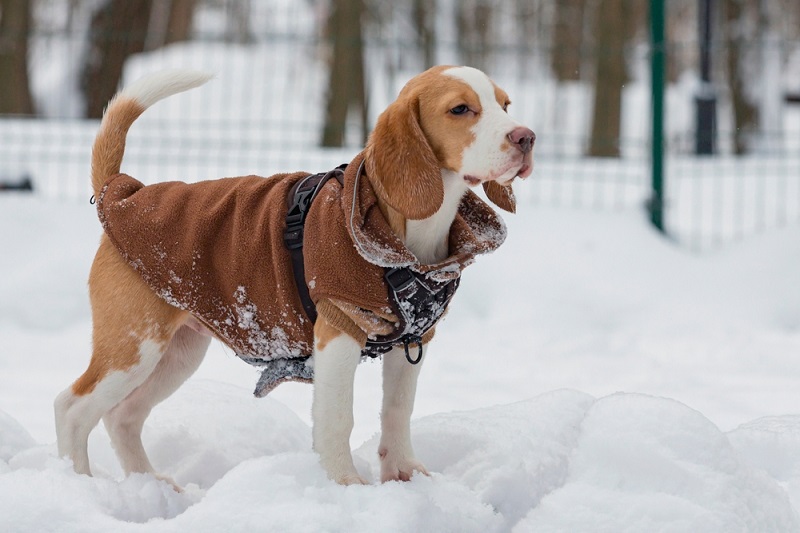
Canine Sports
One way to keep your beagle physically and mentally active is through sports at your local AKC Club or obedience school.14 This might include the classic agility and obedience trials or could include:
- Scent work – Perfect for beagles with sharp noses, this sport involves hunting down essential oil-dipped cotton swabs.15
- Barn hunt – Another scent-based sport in which dogs track down mice (who are kept safely in aerated tubes).16
- Tracking – In this independent sport, harnessed dogs follow a scent trail and pick up items along the way.17
- Rally – Ideal for beginners, this sport involves you navigating a course alongside your dog, stopping to perform certain skills along the way (judged for accuracy, not speed).18
- Field events – Typically involving chasing game (but not harming the target animals), sports in this category allow beagles to use their instincts as bred hunting dogs.19
Whether your pup finds a passion for one of these sports (all of which are popular with beagles) or another, dog training is a healthy way to bond while also keeping your beagle (and you) physically and mentally active.
Keep Your Beagle in Shape with Vetericyn
We all love to pamper our dogs. Of course, a day of treats and relaxation is just as healthy in moderation, but in order to grant your best friend the longest, happiest life possible, it’s crucial to stay disciplined with their diet and exercise routine. Make sure your beagle keeps a balanced diet and gets ample exercise, and consider enrolling them in a sport if you have the time and resources.
Vetericyn is by your side on your beagle’s health journey, and our Vetericyn® ALL-IN Dog Supplement is crafted to support a balanced beagle diet.
A healthy beagle is one that’s well cared for, inside and out, and Vetericyn is here to keep your pup on track.
Sources:
- Beagles of New England States. Overweight Dogs. https://www.bonesbeagles.org/?page=resources/living/overweight.html
- Pet MD. Beagle. https://www.petmd.com/dog/breeds/beagle
- VCA Animal Hospitals. Obesity in Dogs. https://vcahospitals.com/know-your-pet/obesity-in-dogs
- American Kennel Club. Beagle Dog Breed Information. https://www.akc.org/dog-breeds/beagle/
- BeaglePro.com. Beagle Weight. https://www.beaglepro.com/beagle-weight
- American Kennel Club. Dog Breeds. https://www.akc.org/dog-breeds/?size%5B0%5D=small&letter=B
- BeaglePro.com. Beagle Barking. https://www.beaglepro.com/beagle-barking
- PDSA. Beagle. https://www.pdsa.org.uk/pet-help-and-advice/looking-after-your-pet/puppies-dogs/medium-dogs/beagle
- U.S. Customs and Border Protection. Agriculture Canine. https://www.cbp.gov/border-security/protecting-agriculture/agriculture-canine
- Bell Environmental Services. Meet Roscoe. https://bell-environmental.com/wheres-roscoe/meet-roscoe/
- Medical News Today. Are dogs better at detecting cancer ‘than advanced technology?’ https://www.medicalnewstoday.com/articles/325511#How-dogs-noses-may-improve-detection
- BeaglePro.com. Feeding Your Beagle. https://www.beaglepro.com/feeding-a-beagle
- Shane Veterinary Medical Center. Why is playtime vital for dogs? https://www.shanevet.com/site/blog/2024/03/30/playtime-vital-dogs
- American Kennel Club. Get Started in Dog Sports and Events. https://www.akc.org/expert-advice/sports/get-started-in-dog-sports-and-events/
- American Kennel Club. AKC Scent Work. https://www.akc.org/sports/akc-scent-work/
- American Kennel Club. Barn Hunt. https://www.akc.org/sports/title-recognition-program/barn-hunt/
- Dogs Australia. Tracking. https://dogsaustralia.org.au/training-dog-sports/tracking/
- American Kennel Club. AKC Rally®. https://www.akc.org/sports/rally/
- American Kennel Club. Performance Dog Sports. https://www.akc.org/sports/beginners-guide-performance-sports/
Refine by
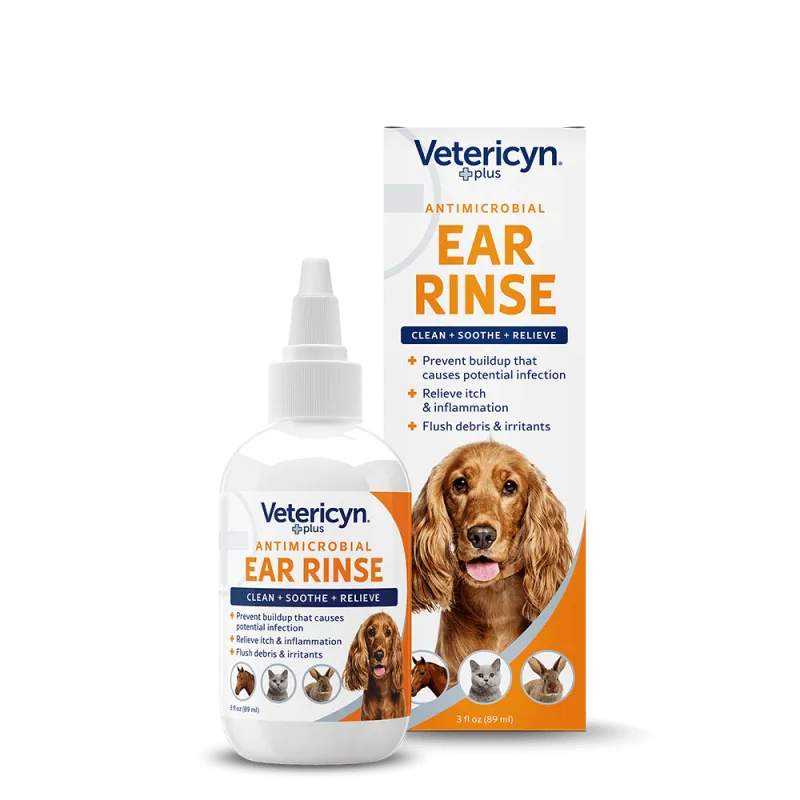
Vetericyn Plus All Animal Ear Rinse
Vetericyn Plus All Animal Ear Rinse
Remove unwanted substances. Relieves itching and irritation. Cleanses ears and removes odor.
€13,18
Veterinarian Formula
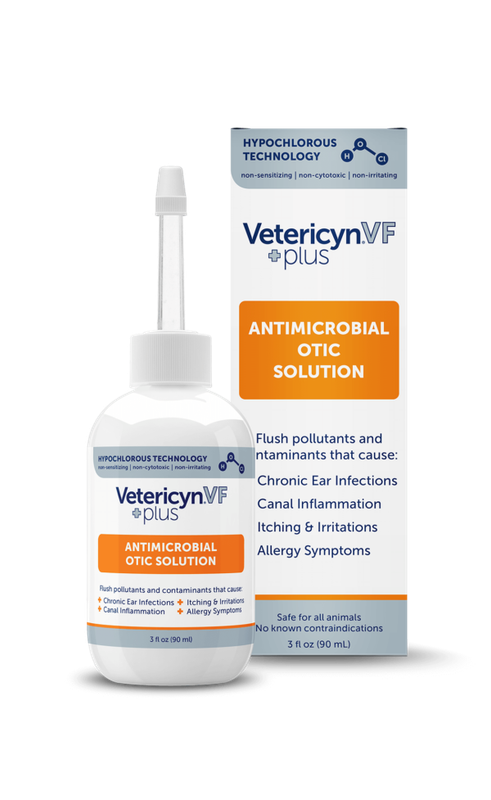
Otic Care
Otic Care
Discover Vetericyn Plus VF Ophthalmic Wash: the most powerful solution for animal eye care and irritations.
€16,49
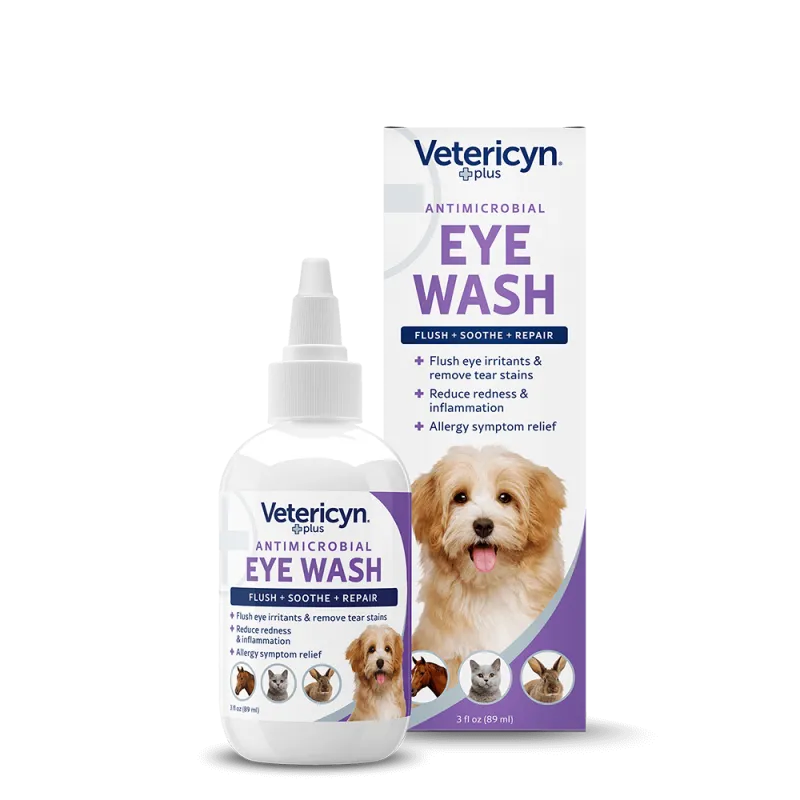
Vetericyn Plus All Animal Antimicrobial Eye Wash 90 mL
Vetericyn Plus All Animal Antimicrobial Eye Wash 90 mL
Rinse and cleanse the eyes. Relief from allergy symptoms. Cleansing of tear stains. Effective in eye disorders.
€13,18
Veterinarian Formula
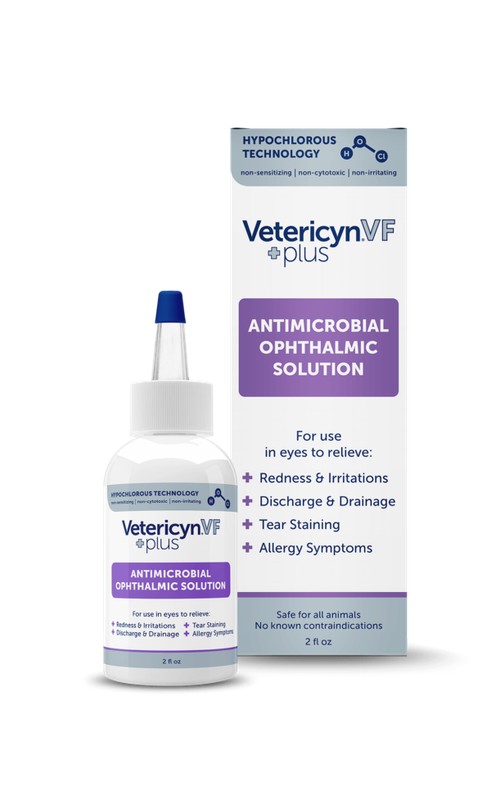
Ophthalmic Wash
Ophthalmic Wash
Discover Vetericyn Plus VF Ophthalmic Wash: the most powerful solution for animal eye care and irritations.
€16,49
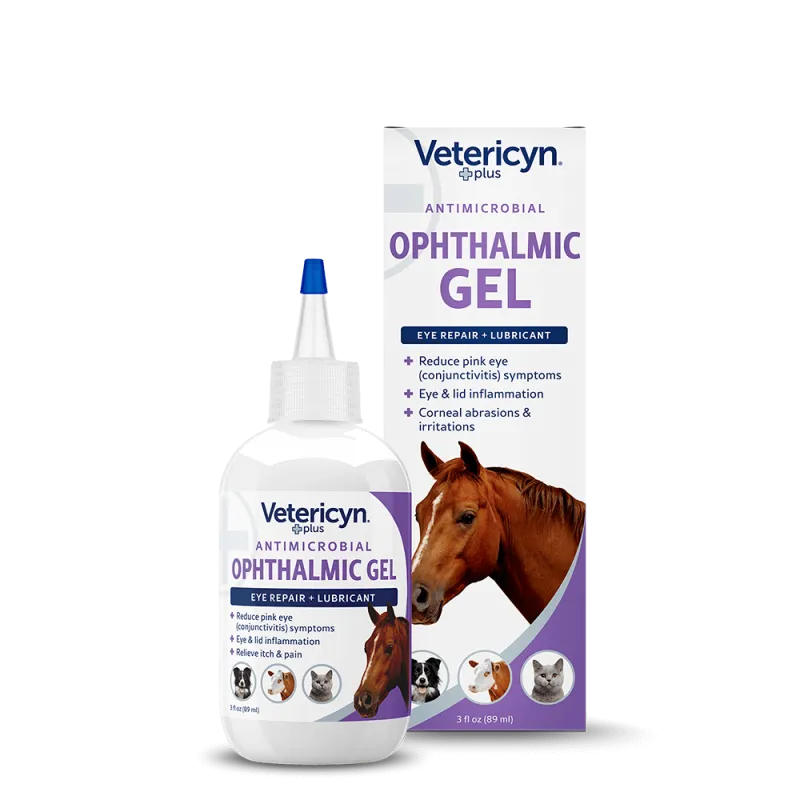
Vetericyn Plus All Animal Antimicrobial Ophthalmic Gel
Vetericyn Plus All Animal Antimicrobial Ophthalmic Gel
Relieve itch and pain caused by allergies, scratched or inflamed corneas, and to reduce pink eye symptoms.
€14,83
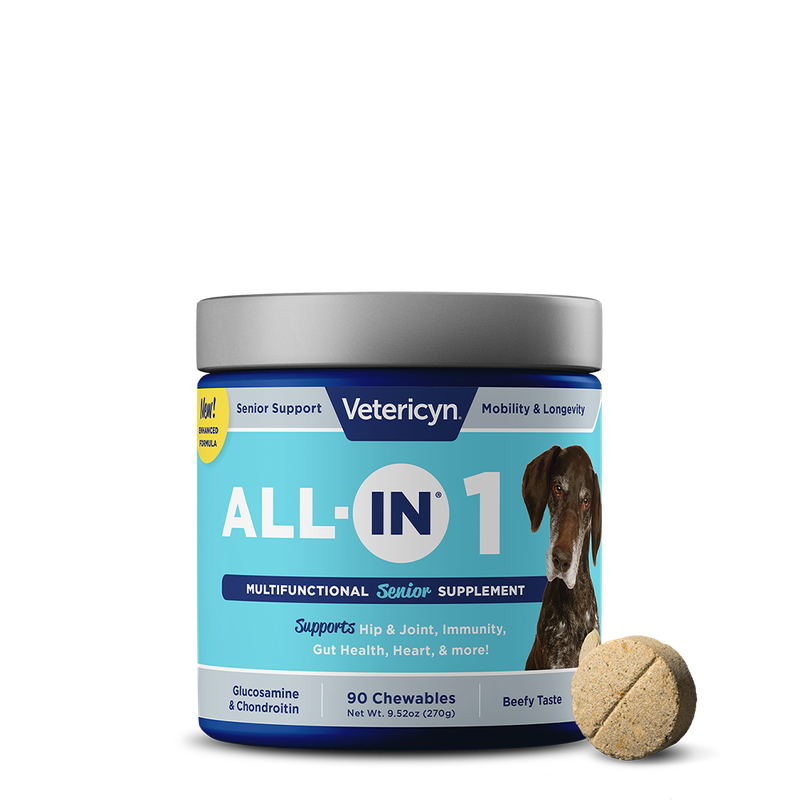
Vetericyn ALL-IN Senior Dog Supplements
Vetericyn ALL-IN Senior Dog Supplements
Mobility and rejuvenation. A formula protected by 8 patents. Proven absorption of the ingredients.
€28,88
Display prices in:EUR
